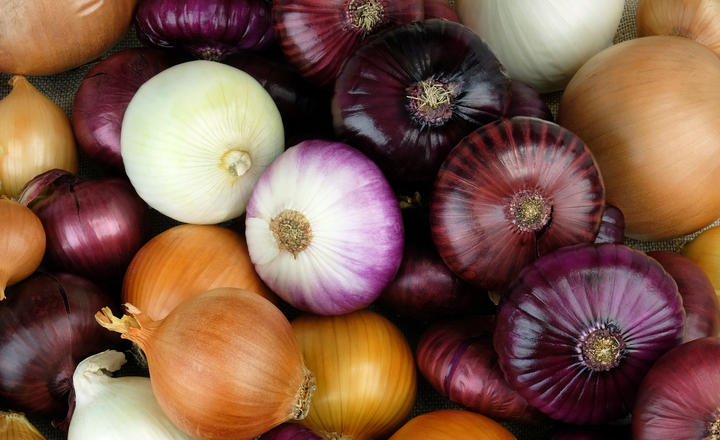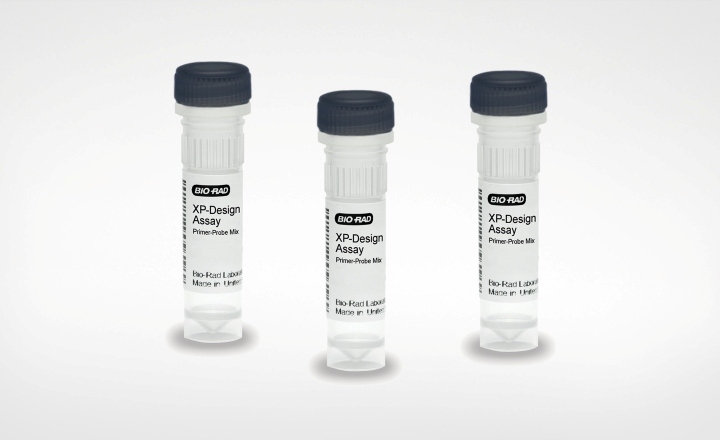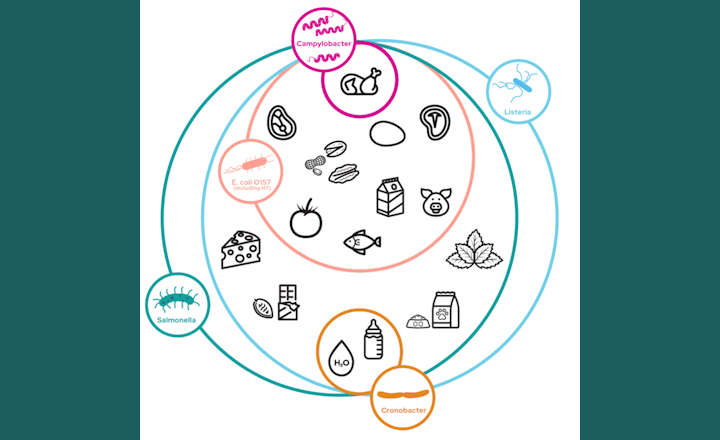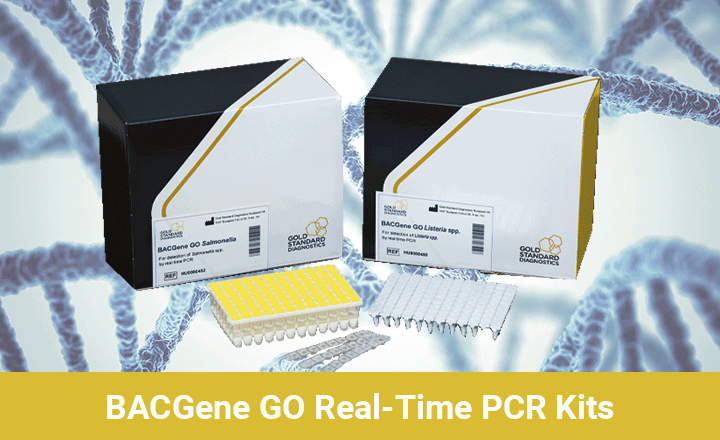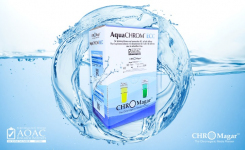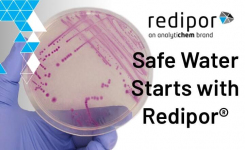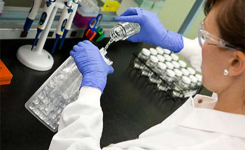By Roy Betts - Fellow at Campden BRI
Whether you like them or not, onions have long been used in a wide array of foods. In fact, evidence suggests humans have been eating onions since 5000 BC - not just for their flavour, but also for their durability in storage and transport. Both raw and cooked forms have a long shelf-life when kept in their natural state. Indeed, most of us will be used to storing onions in our vegetable trays for extended periods with little sign of spoilage. It won’t surprise you then that these eye-irritating bulbs contain a chemical molecule that bears antimicrobial activity.
Antimicrobial Onions
There has been considerable research conducted on the antimicrobial effects of onions where the thiosulfinates, such as allicin, that they contain seem to have a wide range of activity against various bacteria. Ultimately, this antimicrobial activity can cause the laboratory microbiologist a considerable problem when trying to test onions and onion products. Unless diluted or quenched, onion samples can prevent the growth of bacteria in agars and broths used for microbiological analysis, potentially providing falsely low counts.
However, we have also seen onions cause a range of food safety issues in past years, and this should make us wary of assuming that onions are always a “low-risk” product. In actual fact, the risk depends on where and how they are grown, handled, prepared and stored.
Onion-related Outbreaks
Onions tend to be a soil-grown crop, and we should appreciate that their outer surfaces could be contaminated with a variety of bacteria, including some potent pathogens. One such example comes from the USA in 1983 where sautéed onions were considered responsible for a botulism outbreak involving 28 people. The cause was thought to be Clostridium botulinum spores on the onion which survived the cooking process, but a crucial element to this story was how this vegetable was treated: the onions were believed to have been cooked in margarine and then left at room temperature. Alarm bells may ring at the latter part of that statement - many pathogens are known to grow at ambient temperature – but the danger actually came from the resulting fat layer. C. botulinum grows under anaerobic conditions - it’s killed in the presence of oxygen. So, when the fat layer excluded oxygen, this organism grew and produced its infamous toxin that causes potentially fatal paralysis.
Whilst onions may have antibacterial properties, these will not affect viruses and we have seen a number of Hepatitis A issues linked to various types of onion. Back in 1998, 43 restaurant users in the USA contracted Hepatitis A from foods containing green onions. No restaurant staff were positive for the virus, which suggests the cause may have stemmed from contamination during growth or picking. A similar issue affecting over 550 people in the USA occurred in 2003 - again based around a restaurant where the staff were not considered to be the cause. The US Food and Drug Administration (FDA) pointed to possible contamination in growth, harvest, packing or cooling.
Fast-forwarding to 2020, what most recent microbiological issue has been caused by onions?
The USA and Canada have seen a large outbreak of Salmonellosis linked to red onions. Over 1000 people in the USA and over 500 in Canada have been affected (as of mid-September 2020) with the outbreak still ongoing. The issue appears to have been traced to one supplier based in the USA. The causative organism? Salmonella Newport.
This has prompted a large recall of onions in both the USA and Canada and a number of secondary recalls of products such as dips, salsa, salads and stir-fry mixes that use onions as an ingredient. There has been much detailed analysis of the Salmonella isolates. They appear to have no antimicrobial resistance and, interestingly, the isolates from the USA and Canada are genetically related indicating that they are from the same source. The latest information from the US FDA is that they are still analysing product, water and environmental samples to find the route cause.
So, from a robust and common ingredient widely used by many people, we see microbiological risk. It again highlights the care needed in growing, harvesting, storing and preparing such products, and in understanding the hazards that may be present - including how to control them.
Basically, you have to know your onions!
Need help with microbiological analysis?
At Campden BRI, we offer microbiology testing and microbiological risk assessment. As well as routine microbiological analysis to determine levels of microorganisms in foods, we can identify what the organisms are and investigate the source of any contamination problems – including those with onions! If you have any questions, please use the 'request information' button below or visit www.campdenbri.co.uk







